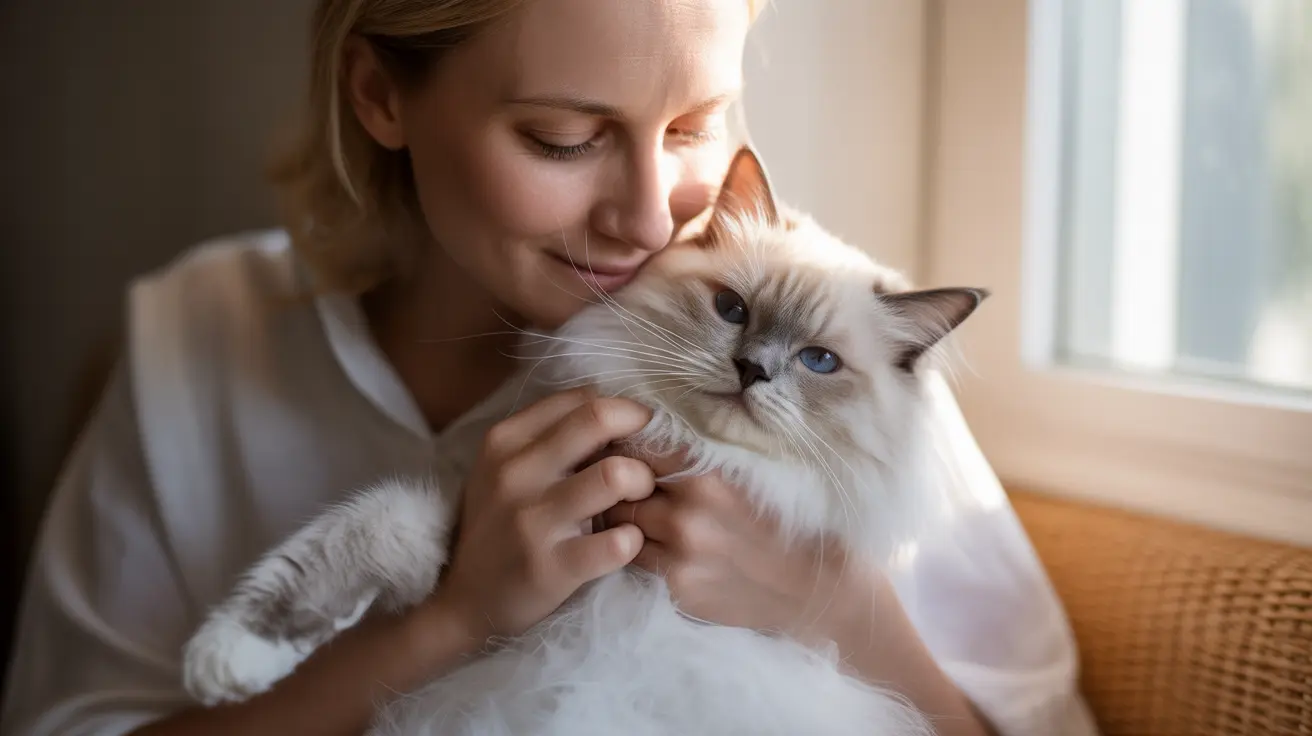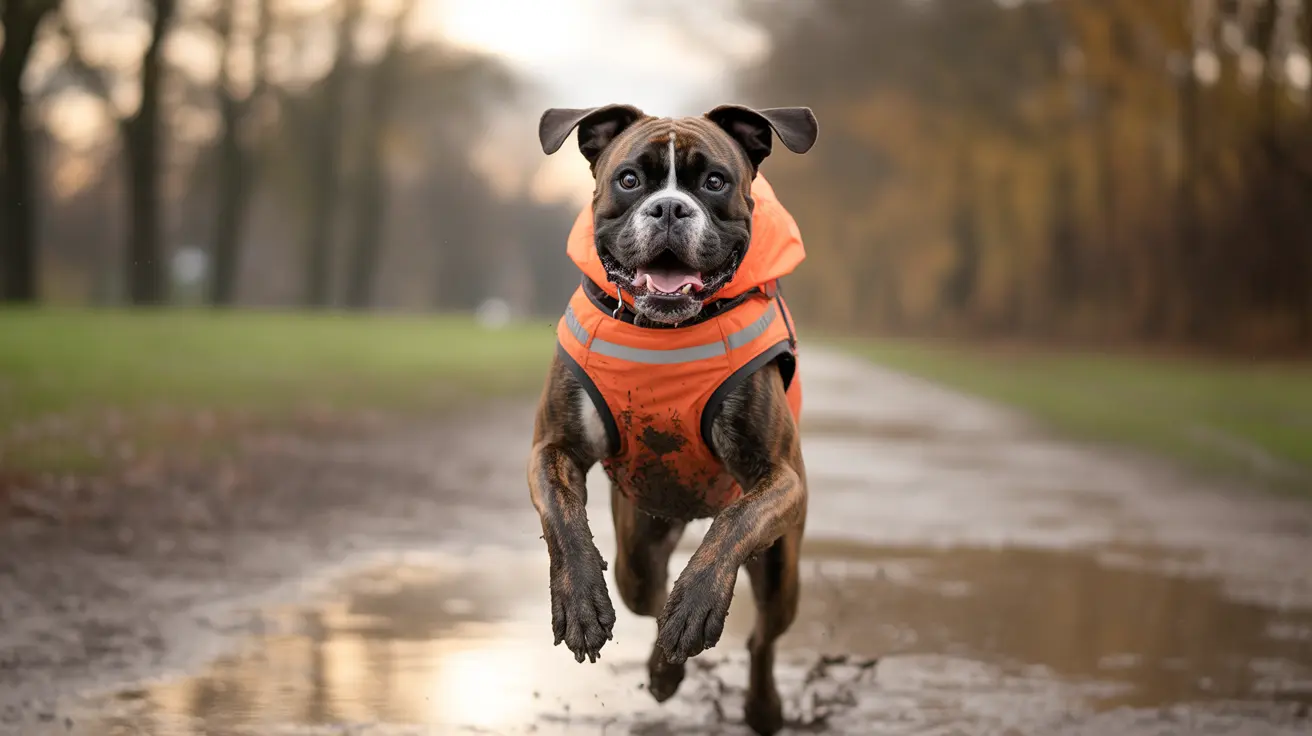Ragdoll cats are known for their remarkable tendency to go limp when held, a behavior that has both fascinated and delighted cat lovers worldwide. This unique characteristic, often called the "Ragdoll flop," is one of the breed's most distinctive and endearing traits. But what exactly causes these gentle giants to become so relaxed in their owner's arms?
In this comprehensive guide, we'll explore the science behind this behavior, understand its origins, and learn what makes Ragdolls truly special among cat breeds. Whether you're a current Ragdoll owner or considering adding one to your family, understanding this distinctive trait will help you better appreciate these remarkable felines.
The Science Behind the Ragdoll Flop
The tendency for Ragdolls to go limp isn't just a cute quirk - it's rooted in both biology and behavior. These cats retain a kitten-like reflex that most other cats outgrow, allowing them to completely relax their muscles when picked up. This behavior is closely tied to their parasympathetic nervous system, which promotes relaxation and calmness.
Research suggests that when Ragdolls are held by trusted humans, their bodies release feel-good hormones like oxytocin and prolactin. These chemical messengers contribute to their extraordinary ability to achieve such deep states of relaxation.
Trust and Temperature: Key Factors in Ragdoll Relaxation
The famous Ragdoll limpness typically occurs only with people the cat knows and trusts. This behavior is a powerful indication of the strong bonds these cats form with their human family members. Unlike fear-based responses, this voluntary relaxation demonstrates complete comfort and security.
Temperature also plays a role in this behavior. Ragdolls often become most relaxed when they're warm and comfortable, much like humans sinking into a warm bath. This combination of physical comfort and emotional security creates the perfect conditions for the signature Ragdoll flop.
Personality Traits That Complement the Limp Behavior
Ragdolls are known for their exceptionally gentle and affectionate nature. Their tendency to go limp is just one aspect of their overall laid-back personality. These cats typically display dog-like loyalty, following their owners around the house and seeking regular interaction.
Their social nature extends beyond just their immediate family. Ragdolls often maintain their friendly disposition with visitors, other pets, and even children, making them excellent family companions.
Special Care Considerations for Ragdoll Cats
While their relaxed nature is charming, it's important to always support your Ragdoll's body properly when holding them. Their large size (typically 10-20 pounds) means they need extra support to prevent strain or discomfort.
Additionally, their trusting nature means they need protection from potential dangers. Unlike more street-smart cats, Ragdolls should be kept as indoor pets to ensure their safety.
Frequently Asked Questions
Why do Ragdoll cats go limp when picked up by their owners?
Ragdolls go limp due to a combination of retained kitten reflexes and their exceptionally trusting nature. This behavior is triggered by feeling safe and secure with their trusted humans, accompanied by the release of calming hormones.
Is the limpness in Ragdolls a sign of trust or a medical issue?
The Ragdoll's characteristic limpness is a natural behavior indicating trust and relaxation. It should not be confused with medical issues, which typically show different symptoms and are accompanied by signs of distress or pain.
Do all Ragdoll cats exhibit the "Ragdoll flop" behavior?
While this trait is common in the breed, not every Ragdoll will display it to the same degree. Individual personality, early experiences, and comfort levels can affect how pronounced this behavior is in each cat.
How can I safely hold my Ragdoll cat to encourage their relaxed limp state?
Support your Ragdoll's entire body, particularly their hindquarters, when holding them. Create a secure and comfortable environment, and never force the behavior - let it happen naturally as trust develops.
What causes Ragdolls to retain their limp reflex into adulthood, unlike other cats?
This trait appears to be linked to selective breeding that has preserved kitten-like behaviors into adulthood. It's believed to be a combination of genetic factors and the breed's naturally relaxed temperament.
Conclusion
The Ragdoll's ability to go limp is more than just a charming quirk - it's a testament to the breed's unique combination of physical and behavioral traits. This special characteristic, coupled with their loving nature, makes Ragdolls truly exceptional companions for those seeking a deeply affectionate and trusting feline friend.






